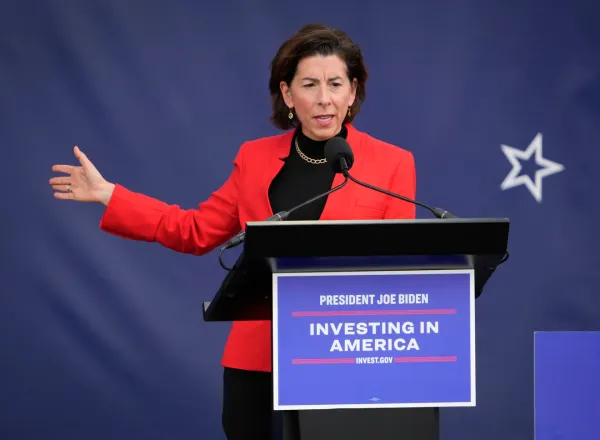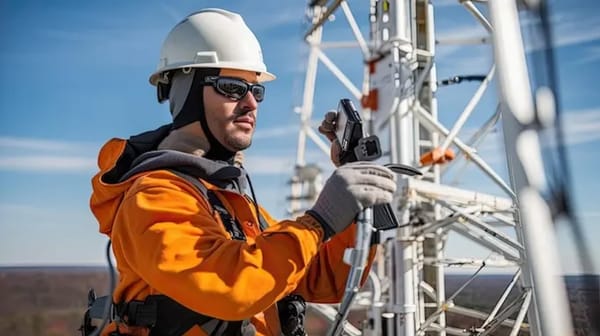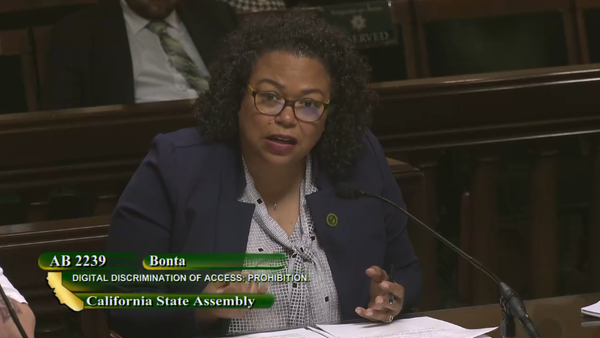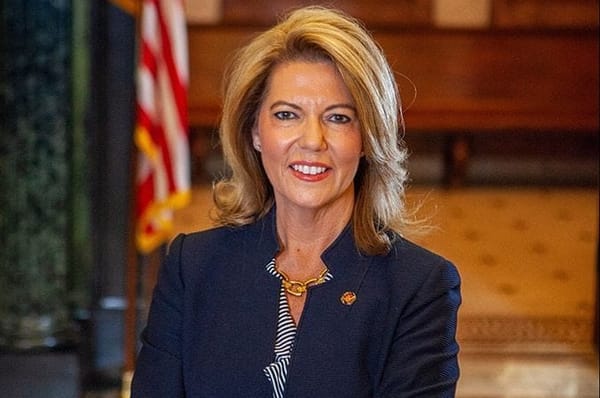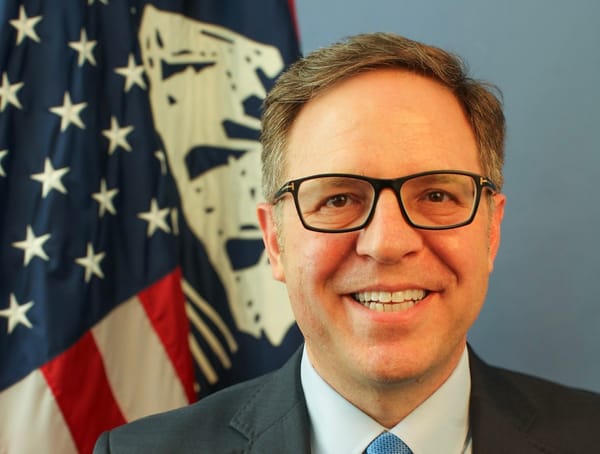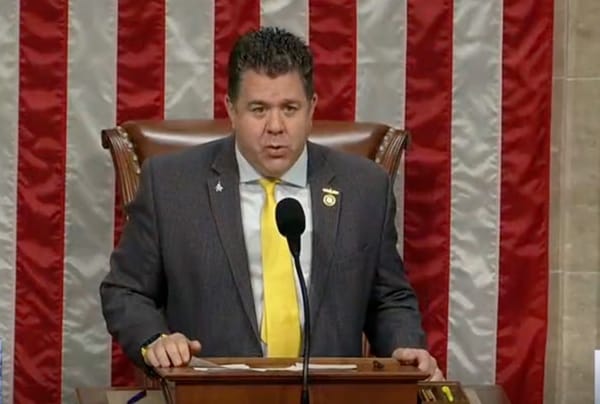Broadband News from Around the World: Indian Cable, Kiwi Education and Mongolian Digital Divide
WASHINGTON, February 25, 2013 – A recent wrap-up of global broadband news included the following items: Leading Indian Cable Operator Speaks to Expanding Telecommunications Climate In preparation for the coming “TV Connect Asia” summit in Hong Kong, InCablenet, India’s leading cable provider, has re
WASHINGTON, February 25, 2013 – A recent wrap-up of global broadband news included the following items:
Leading Indian Cable Operator Speaks to Expanding Telecommunications Climate
In preparation for the coming “TV Connect Asia” summit in Hong Kong, InCablenet, India’s leading cable provider, has recently spoken about their support of improving telecommunications in India. Ravi Mansukhani, managing director of InCablenet, said, “India is one of the fastest growing telecoms markets in the world. The government plans to make available affordable, reliable and secure telecommunication and broadband services across the entire country. The target is to have 175 million broadband connections by 2017 and 600 million by 2020.” India has yet to make the transition from analog to digital television. However, it recently adopted its own national broadband policy. The first phase of the analogue to digital conversion is set to be completed by the end of March. This conversion will immediately impact the major cities of Mumbai, Delhi and Kolkata.
New Zealand Government Attempts to Maximize Education Through Broadband
A recent opinion piece in the New Zealand Herald called on the local and federal governments to continue to support and improve broadband availability. Speaking with great attention to the education system, author Nikki Kaye discussed the Kiwi government’s plan to improve schools via broadband. Kaye states that “our government has invested significantly in ensuring New Zealand school children have access to the best, most innovative 21st century learning opportunities. This includes more than $200 million connecting schools to ultra-fast broadband. The plan is to ensure schools will be connected to fibre or an alternative technology by 2016. We are nearly halfway there with more than 1,200 schools connected.” Kaye went on explain the challenge in maximizing new technologies into the educational infrastructure. “Adopting the right approach to 21st century learning will require change across the education sector. It is important to recognize that much of this change is being driven by students themselves, who are thirsty to learn online through new applications, tools and content.”
Attempts Made to Bridge Mongolian Digital Divide
Mongolian internet provider Nomsys LLC has selected Ruckus Wireless Inc to provide Wi-Fi devices to increase broadband technology in the capitol city of Ulaanbaatar, according to marketwatch.com. “The large-scale Wi-Fi network, known as the Community Involved Nomad Wi-Fi project, is currently being deployed by Nomsys throughout Ulaanbaatar, bringing Wi-Fi service to consumers and businesses via hundreds of Wi-Fi hotspots throughout the rural countryside where 70 percent of the city’s one million residents live.” This application is predicted to help Mongolia continue to embrace a mobile and digital structure as opposed to being tethered to wireline infrastructure. Due to the modest economic climate of even the most densely-populated areas of Mongolia, a move to increase Wi-Fi availability could allow users to interact with broadband technologies previously outside of their price range.

